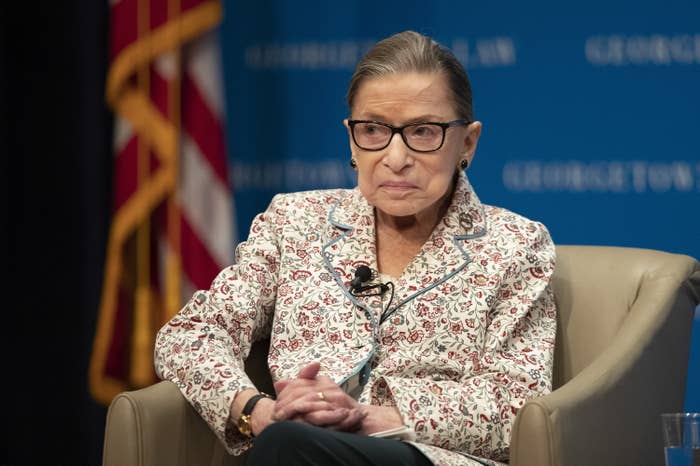
Supreme Court Justice Ruth Bader Ginsburg was successfully treated for a cancerous tumor in her pancreas this summer.
"The tumor was treated definitively and there is no evidence of disease elsewhere in the body," a spokesperson for the court said Friday in a statement.
To treat the malignant tumor, Ginsburg underwent three weeks of radiation therapy, completed on Friday at Memorial Sloan Kettering Cancer Center in New York. She also had a stent inserted into her bile duct as part of her treatment.
Ginsburg canceled an annual summer trip to Santa Fe to be treated, "but has otherwise maintained an active schedule," the spokesperson said.
No further treatment is currently needed, but the justice will continue to undergo routine scans and blood tests.
Ginsburg, who is 86 and the oldest justice on the court, has been treated for cancer a number of times over the years.
After Ginsburg fell in her office and fractured three ribs in November, doctors discovered two cancerous nodules on her lungs, which were surgically removed.
She was also treated for pancreatic cancer in 2009 and colon cancer in 1999.
Right-wing conspiracy theorists have had something of an obsession with Ginsburg's health in recent months, touting the outlandish falsehood that she is actually dead.
In an NPR interview last month, Ginsburg hit back at those who've doubted she'll be on the bench much longer.
"There was a senator, I think it was after my pancreatic cancer, who announced with great glee that I was going to be dead within six months," she said.
"That senator, whose name I have forgotten, is now himself dead," she continued. "And I am very much alive."
